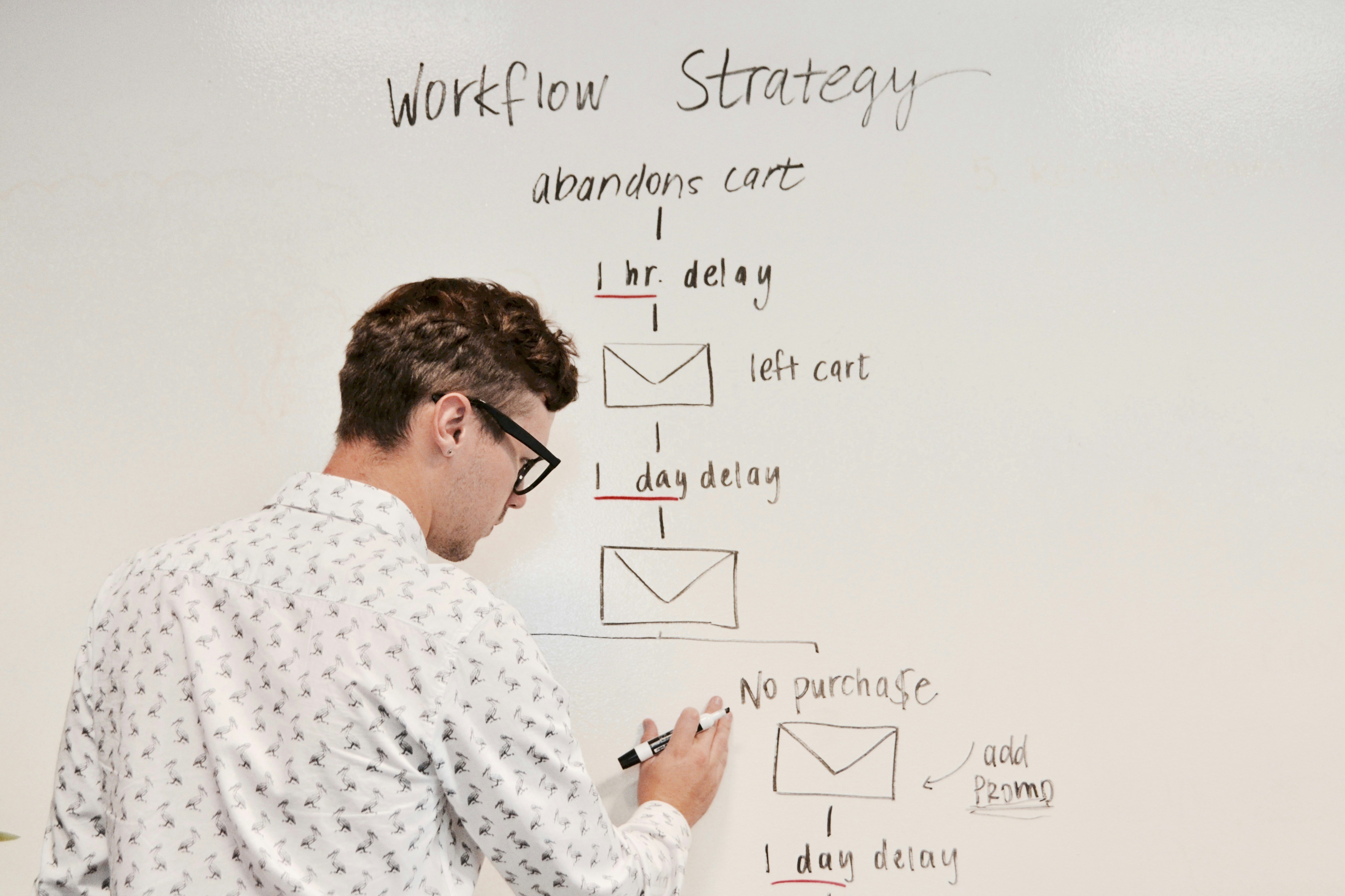Complementary Skills: The New Approach to Research Collaboration Matching

Academic and research institutions have long depended on collaboration to drive innovation. But effective collaboration doesn’t happen by accident—especially in an era of specialization. As research becomes more interdisciplinary, assembling teams with complementary skills has become critical for meaningful outcomes.
This is where Easy Pairing redefines the traditional approach. Instead of simply matching people based on department or seniority, it uses AI to create research partnerships that balance technical depth with fresh perspectives, producing teams primed for success.
The Problem with Traditional Research Matching
Many research teams are formed based on convenience—shared lab space, funding overlaps, or advisor recommendations. While those factors are helpful, they often miss the bigger picture:
- Two researchers may work in the same area but duplicate each other's skills.
- Important skills like data visualization, grant writing, or stakeholder engagement are often missing.
- Differing work habits or communication preferences can cause friction.
- Early-career researchers may not get matched at all due to lack of visibility.
In short, traditional models can stall innovation instead of sparking it.

The Power of Complementarity in Research
Effective research teams don’t just align—they complement one another. This might mean:
- A computational scientist teaming up with a field researcher
- A behavioral economist collaborating with a data analyst
- A medical researcher supported by a science communicator
This skill diversity creates more well-rounded research pipelines, from problem identification to peer-reviewed publication.
Easy Pairing identifies these connections that might otherwise go unnoticed, using intelligent algorithms to evaluate:
- Technical and theoretical expertise
- Research goals and methodologies
- Project phase strengths (e.g., ideation, analysis, dissemination)
- Soft skills such as collaboration style and communication
- Historical collaboration success or peer endorsements
How Easy Pairing Matches Researchers Strategically
Easy Pairing’s AI analyzes structured profile data submitted by researchers, faculty, or institutions. It considers:
- Fields of study and sub-disciplines
- Research methods and tools used
- Preferred project types (exploratory, applied, theoretical)
- Work style preferences (independent vs. team-based, fast-paced vs. methodical)
- Availability for grant cycles, conferences, or joint publications
From there, it generates match suggestions that aren’t just logical—they’re built for momentum.
Use Cases in Academia and Industry
This smart approach to matching is valuable in a range of environments:
- University research hubs: Pair PhD students with postdocs or professors to drive novel thesis outcomes.
- Cross-institutional projects: Align researchers from different universities on global challenges.
- Industry-academia partnerships: Connect theoretical minds with practical implementers.
- Grant proposal teams: Assemble balanced teams for competitive multi-investigator grants.

Results That Matter
When researchers are paired strategically, they’re more likely to:
- Produce high-impact publications
- Secure funding more efficiently
- Experience higher collaboration satisfaction
- Generate faster and more scalable solutions
Instead of siloed efforts or overstretched teams, Easy Pairing supports collaborative excellence rooted in diversity of expertise.
Conclusion

The future of research isn’t solo—it’s smartly paired. With Easy Pairing, institutions can unlock a new level of collaboration by leveraging complementary skills as the foundation of successful partnerships. From lab breakthroughs to cross-disciplinary discoveries, smarter matching is the key to accelerating research with impact.